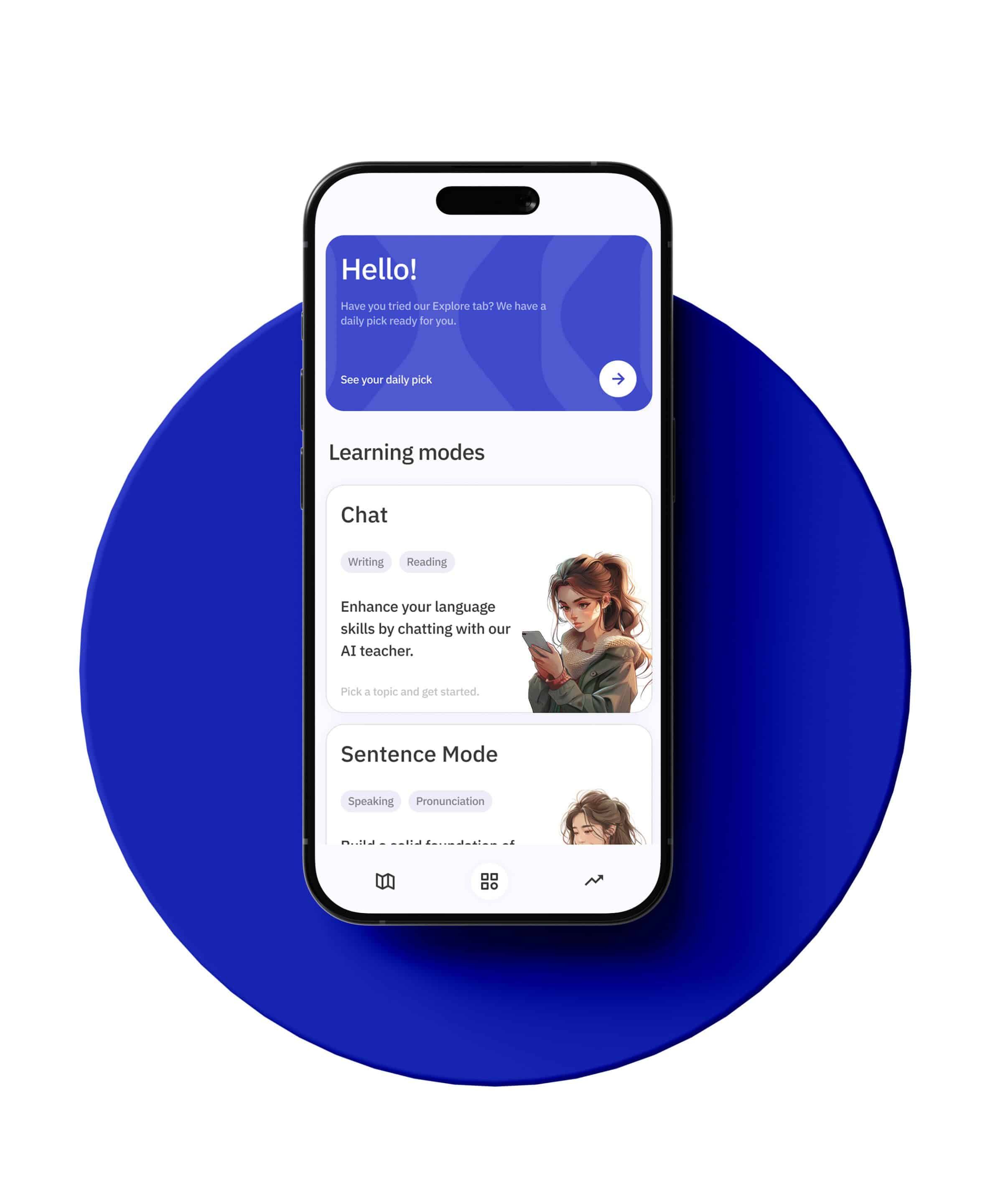In the realm of English language learning, grasping the nuances of vocabulary is crucial for effective communication. Two words that often confuse learners due to their similar spellings and pronunciation are “prospective” and “perspective.” While these terms share some phonetic elements, they have distinct meanings and uses. This article aims to clarify these differences and provide clear examples to help you understand and use these words correctly in various contexts.
Understanding Prospective
The term “prospective” is an adjective that describes something that is expected or anticipated in the future. It is commonly used in contexts where one talks about potential or likely events, possibilities, or candidates. The focus with “prospective” is always on looking ahead.
For example:
- They are interviewing several prospective employees today.
- We visited many houses but haven’t found a prospective home yet.
In these sentences, “prospective” refers to candidates who are likely to be employees in the future and houses that have the potential to become a home.
Understanding Perspective
On the other hand, “perspective” is a noun that refers to a particular attitude towards or way of regarding something; it is a point of view. This term can be used in literal visual contexts, such as in drawing or photography, or more abstractly in discussions about personal opinions or approaches to problems.
For example:
- From an artist’s perspective, the composition of colors is crucial.
- Her perspective on the issue is very different from mine.
In the first sentence, “perspective” refers to the viewpoint or approach an artist takes towards the arrangement of colors. In the second, it pertains to a personal viewpoint or opinion on a specific issue.
Comparing Prospective and Perspective
To further elucidate the difference between these terms, consider their roles in the sentence structure and their thematic implications:
– “Prospective” often pertains to the future and potential outcomes. It is outward-looking and anticipatory in nature.
– “Perspective,” however, deals with viewpoints or attitudes towards existing situations or theoretical concepts. It is introspective and reflective.
Consider the following sentences:
- The company is considering several locations for its new office, but the final decision will depend on various prospective factors.
- Understanding the local perspective is essential for effective communication in international business.
In the first sentence, “prospective” is used to describe factors that will potentially influence a future decision. In the second, “perspective” is about understanding current viewpoints to enhance communication.
Conclusion
Understanding the difference between “prospective” and “perspective” is key to using them correctly. Remember that “prospective” is typically used to describe something that relates to the future, whereas “perspective” refers to a point of view or attitude. Mastery of such distinctions enhances your precision in communication, a critical skill in both personal and professional contexts. By integrating these words thoughtfully into your vocabulary, you can express yourself more clearly and effectively.







